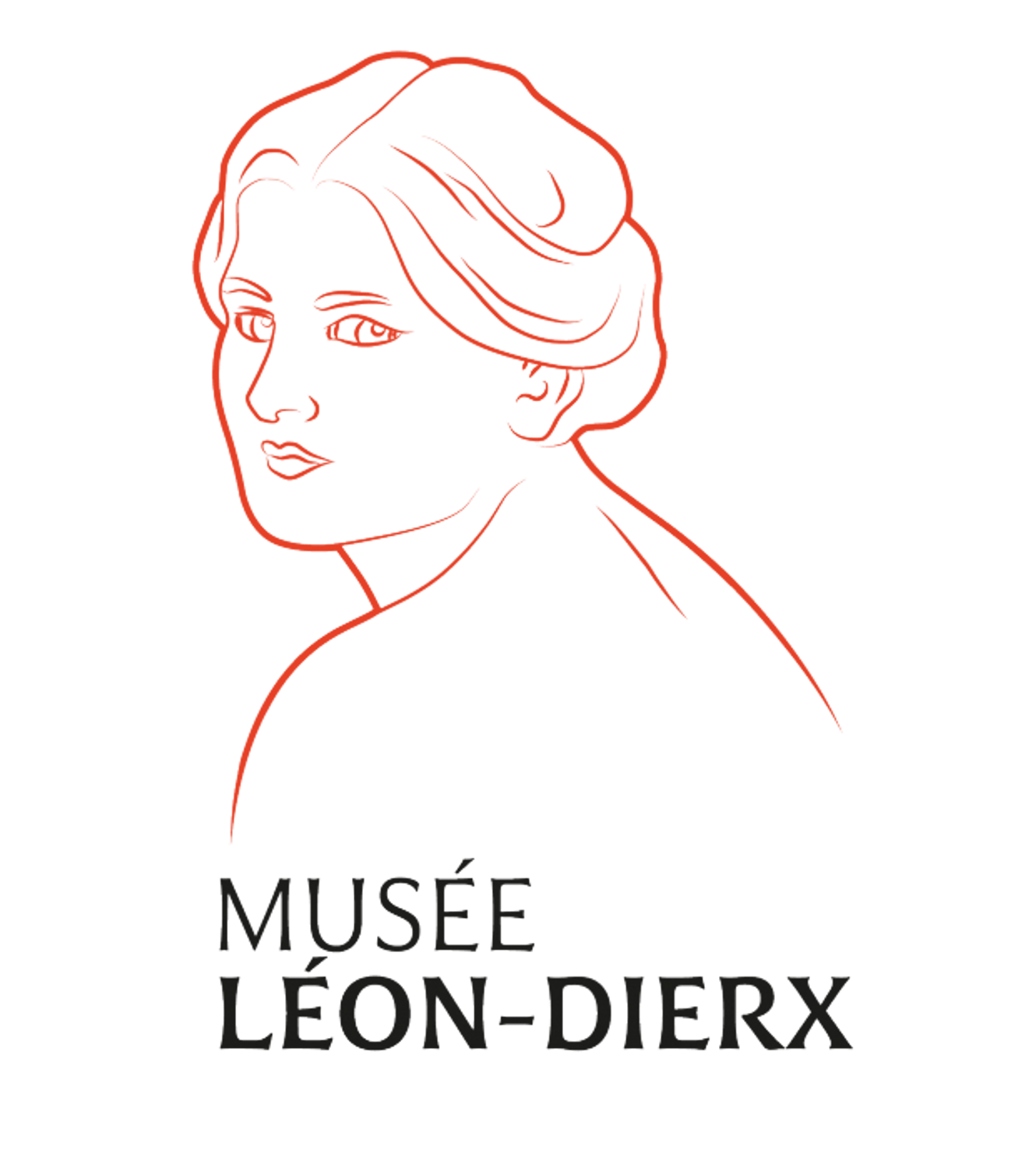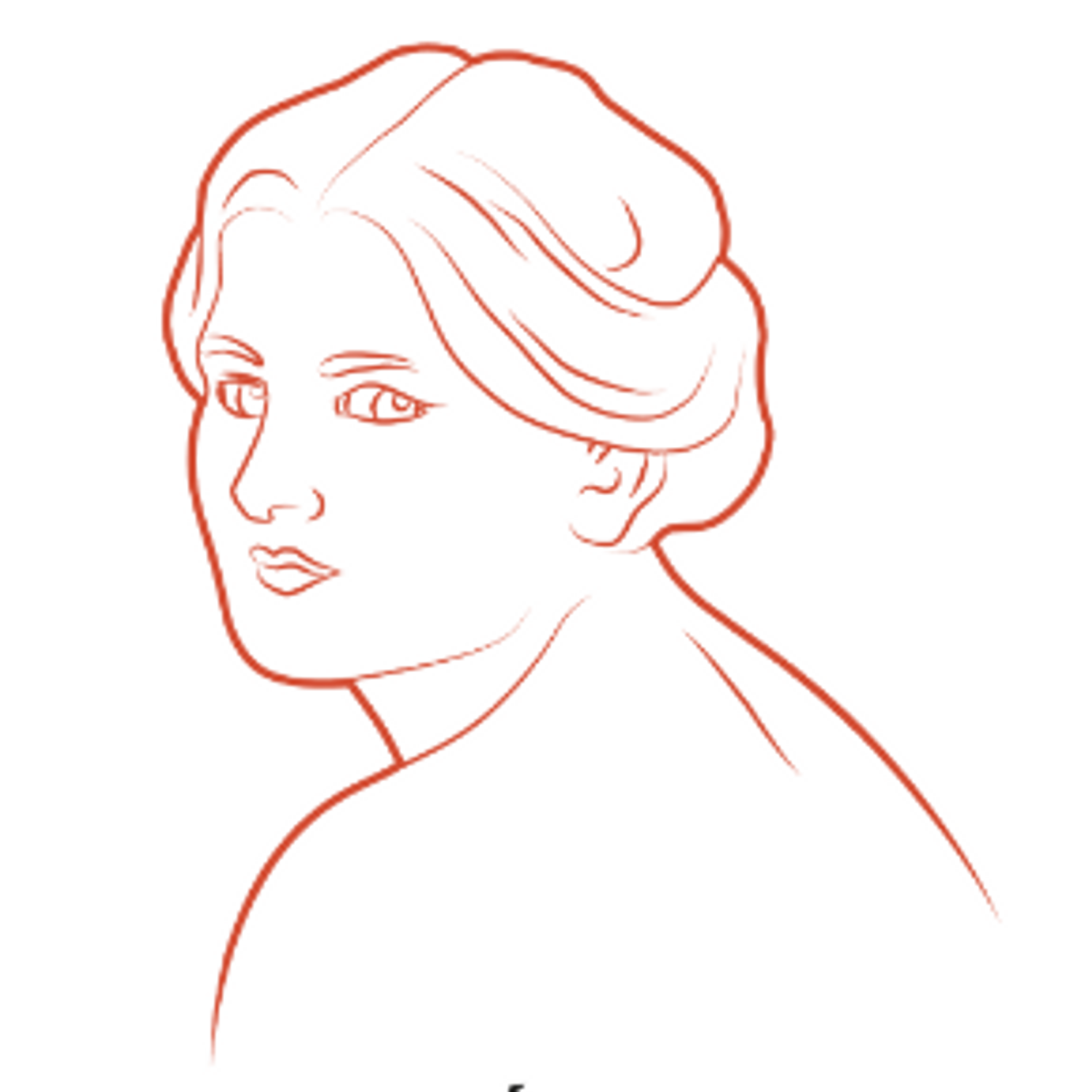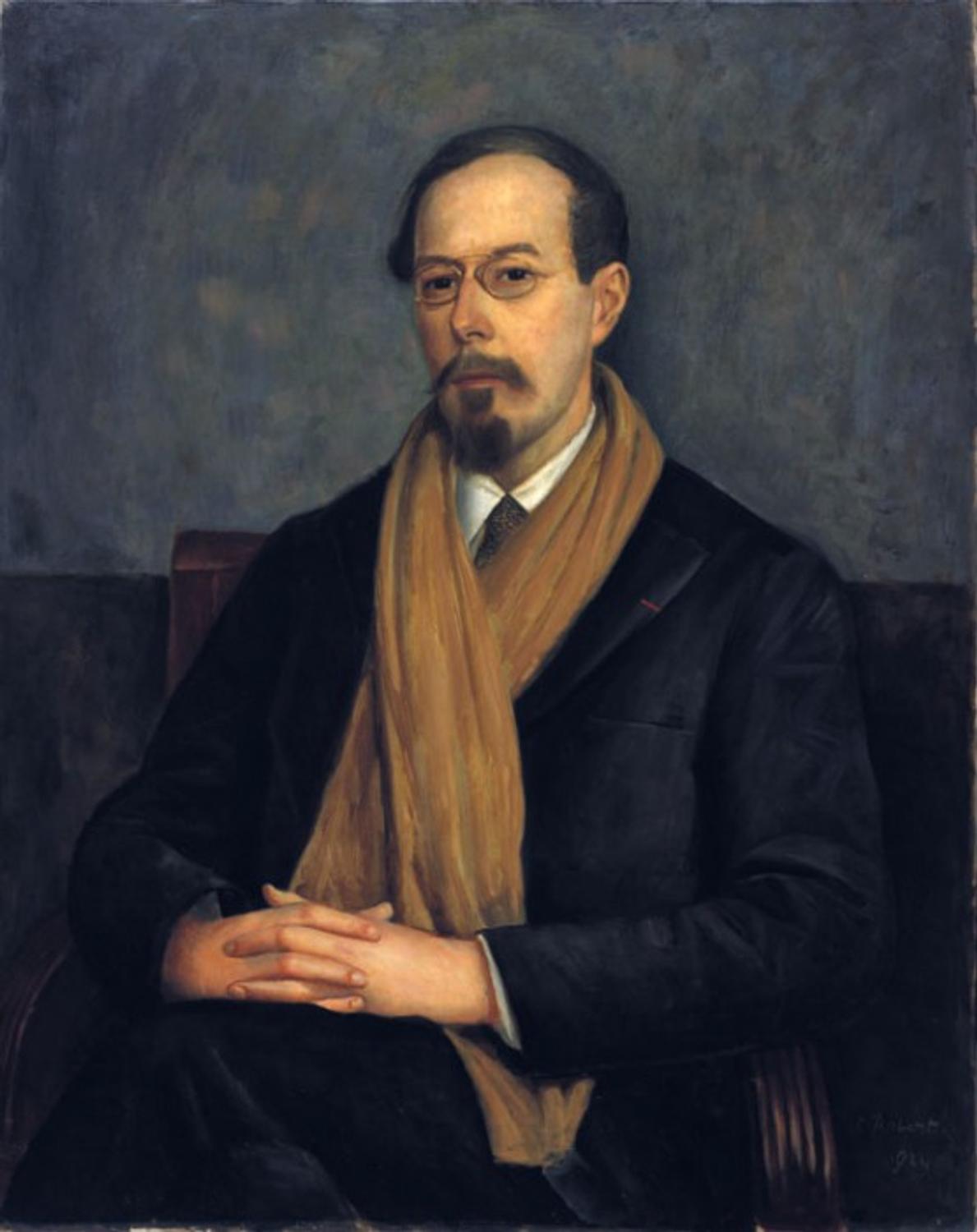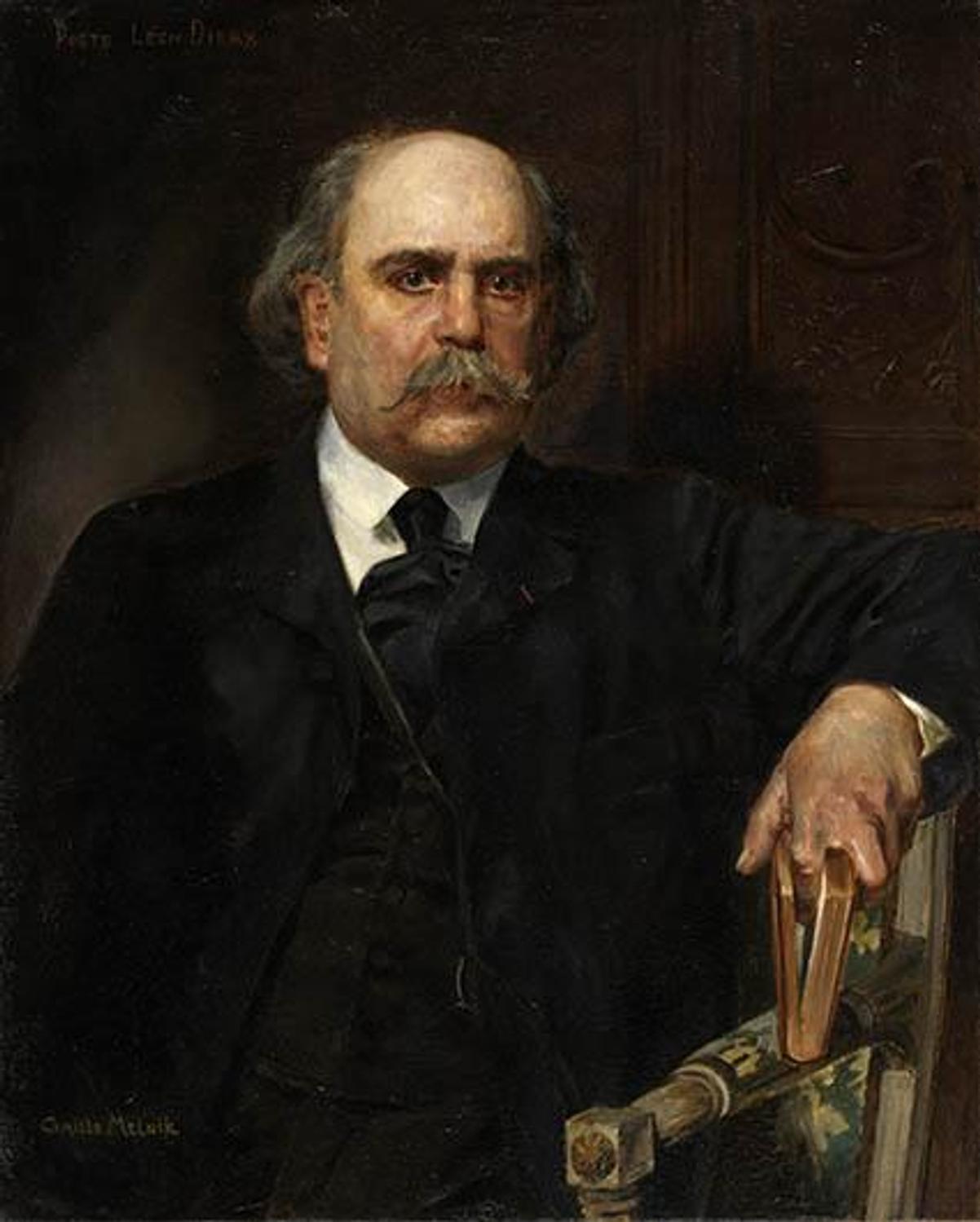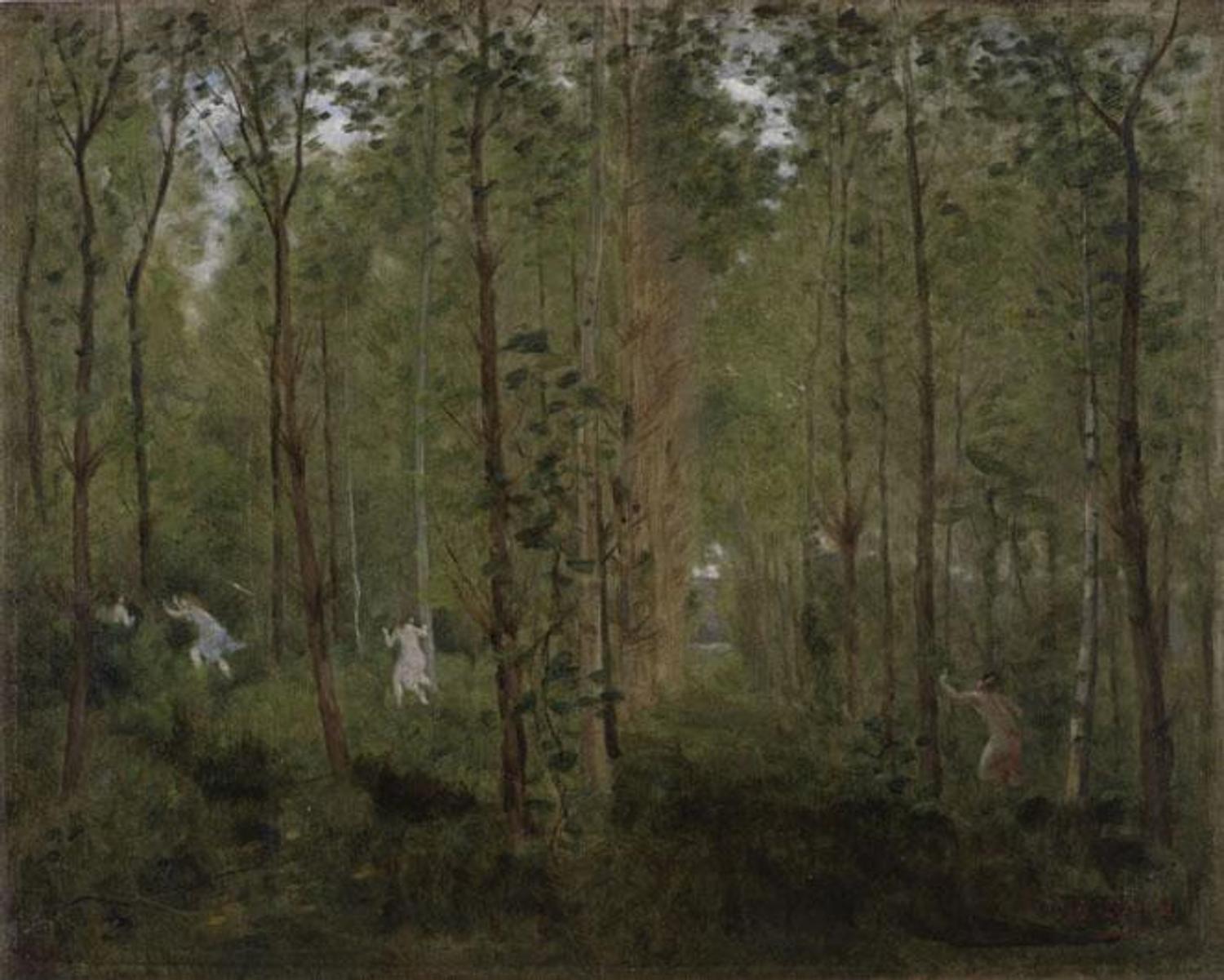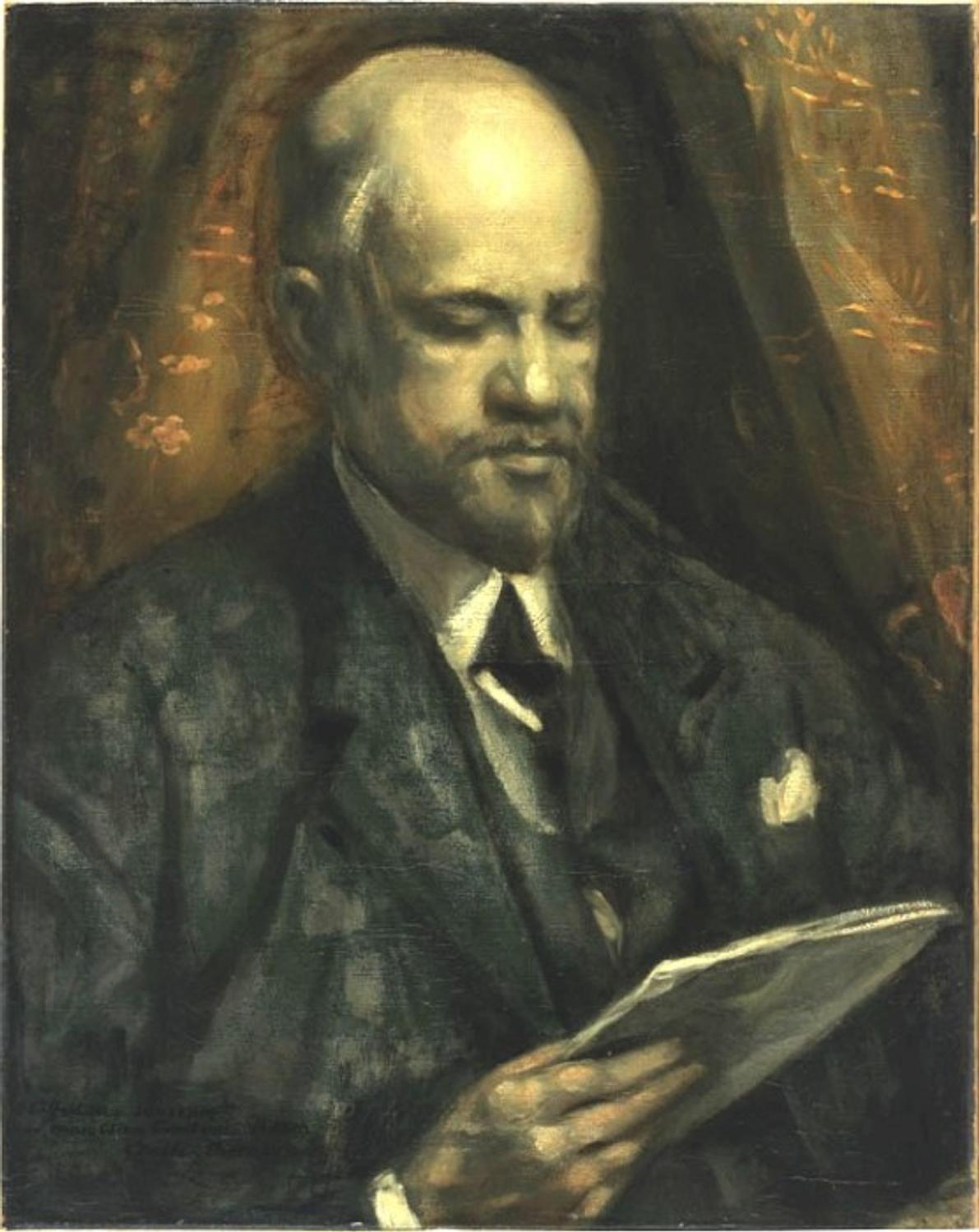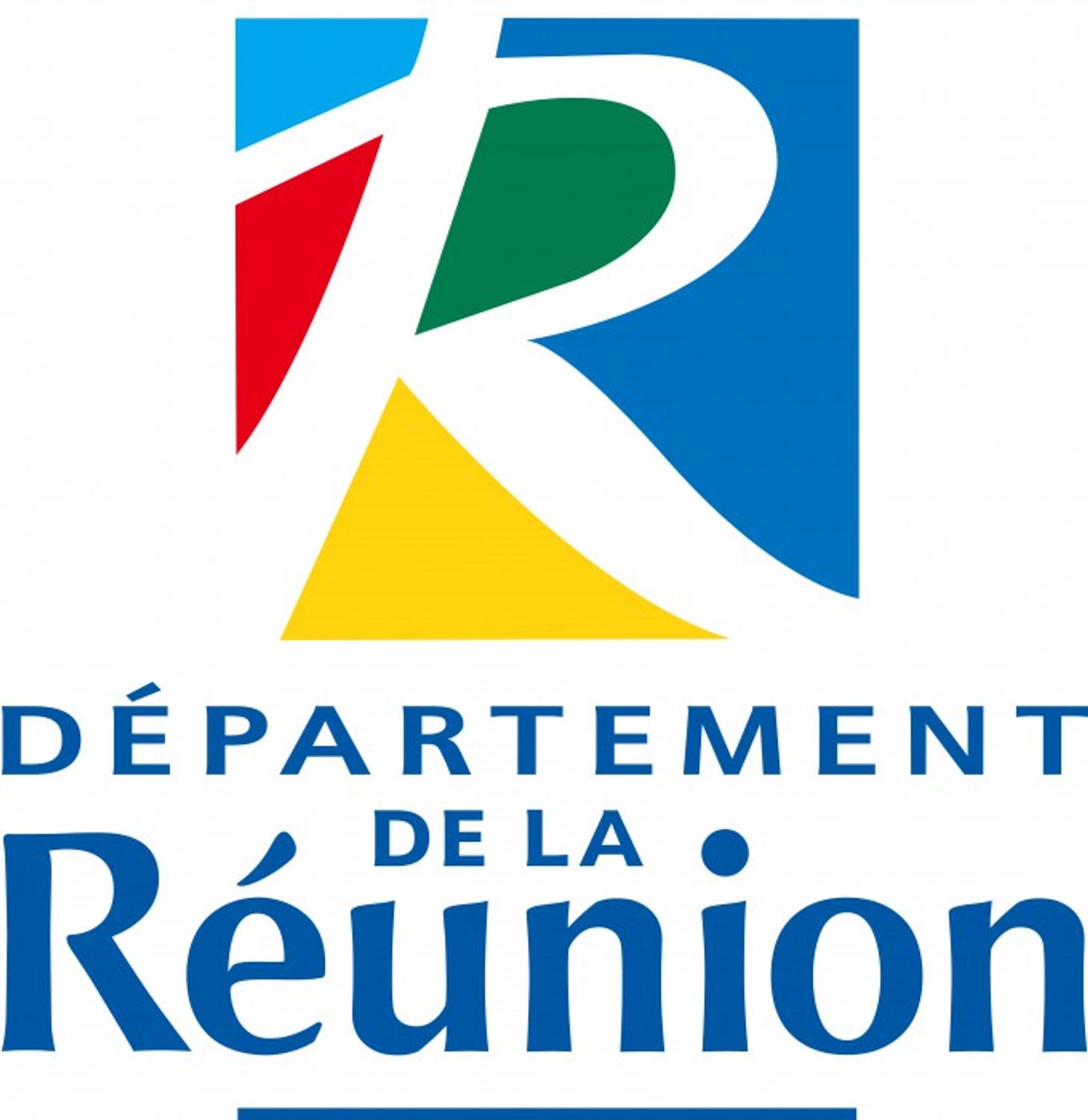THE LEON-DIERX ART GALLERY: THE EMBLEMATIC FIGURES
Theophine Robert, Portrait of Marius Leblond, 1924
Karl Edvard Diriks, Portrait of Ary Leblond, 1909
Marius-Ary Leblond
Georges Athenas, 26 February 1877 – 8 May 1953
Aime Merlo, 30 July 1880 – 7 April 1958
The Leon-Dierx art gallery owes its existence to two Reunionese writers: Marius-Ary Leblond. Settled in Paris at the start of the 20th century and closely involved in the capital’s artistic circles, they coordinated the donations or purchases that contributed to setting up the first collections.
A pseudonym
Georges Athenas (Marius Leblond) and Aime Merlo (Ary Leblond) were born in Reunion, the former in Saint-Denis and the latter in Saint-Pierre. After meeting when they were both pupils at the colony’s high school, they became inseparable. They were passionate about literature and in particular poetry. In the 1890s, not wishing to “present their parents with the problems caused by writing under their true names”, they started to write in the island’s newspapers under their pseudonym, Marius-Ary Leblond. In 1898, they left for Paris to study at the Sorbonne, Marius studying History and Ary Literature.
Literary recognition in 1909
In 1900, Marius-Ary Leblond decided to devote their time to literature: novels, newspaper articles, short stories, essays, reviews etc. Their activity was very prolific and they became well known in the capital’s literary circles. There were introduced to these literary groups by Leon Dierx, older than them, who became their firm friend. Their growing fame was recognised in 1909 when they were awarded the Prix Goncourt literary prize for their novel entitled "En France". They developed a new literary genre: the colonial novel, which glorified the French Empire, at that time at its height, without ever criticising the system.
Marius-Ary Leblond and the Leon-Dierx museum
Marius-Ary Leblond also became very knowledgeable about contemporary painting of the period and developed close relations with young artists, who would come to request their support or favourable reviews.
They wanted people, notably in Reunion, to become aware of and understand their artistic «impressions»; In 1911, the two Creole intellectuals set up two committees, one in Paris and another in Reunion. In Paris, they received donations from artists and galleries and the island’s Creole families were invited to donate their historical objects.
The initial collections largely reflected the artistic tastes of Marius-Ary Leblond. In 1947, along with Lucien Vollard, the brother of the art dealer Ambroise Vollard, they selected the works that would comprise the Vollard bequest for the Leon-Dierx museum and art gallery. To the end of their lives, they focused on enriching the collections of the LEon-Dierx museum and art gallery, following the direction they had initially decided to follow: that of art and history.
Marius-Ary Leblond
Georges Athenas, 26 February 1877 – 8 May 1953
Aime Merlo, 30 July 1880 – 7 April 1958
The Leon-Dierx art gallery owes its existence to two Reunionese writers: Marius-Ary Leblond. Settled in Paris at the start of the 20th century and closely involved in the capital’s artistic circles, they coordinated the donations or purchases that contributed to setting up the first collections.
A pseudonym
Georges Athenas (Marius Leblond) and Aime Merlo (Ary Leblond) were born in Reunion, the former in Saint-Denis and the latter in Saint-Pierre. After meeting when they were both pupils at the colony’s high school, they became inseparable. They were passionate about literature and in particular poetry. In the 1890s, not wishing to “present their parents with the problems caused by writing under their true names”, they started to write in the island’s newspapers under their pseudonym, Marius-Ary Leblond. In 1898, they left for Paris to study at the Sorbonne, Marius studying History and Ary Literature.
Literary recognition in 1909
In 1900, Marius-Ary Leblond decided to devote their time to literature: novels, newspaper articles, short stories, essays, reviews etc. Their activity was very prolific and they became well known in the capital’s literary circles. There were introduced to these literary groups by Leon Dierx, older than them, who became their firm friend. Their growing fame was recognised in 1909 when they were awarded the Prix Goncourt literary prize for their novel entitled "En France". They developed a new literary genre: the colonial novel, which glorified the French Empire, at that time at its height, without ever criticising the system.
Marius-Ary Leblond and the Leon-Dierx museum
Marius-Ary Leblond also became very knowledgeable about contemporary painting of the period and developed close relations with young artists, who would come to request their support or favourable reviews.
They wanted people, notably in Reunion, to become aware of and understand their artistic «impressions»; In 1911, the two Creole intellectuals set up two committees, one in Paris and another in Reunion. In Paris, they received donations from artists and galleries and the island’s Creole families were invited to donate their historical objects.
The initial collections largely reflected the artistic tastes of Marius-Ary Leblond. In 1947, along with Lucien Vollard, the brother of the art dealer Ambroise Vollard, they selected the works that would comprise the Vollard bequest for the Leon-Dierx museum and art gallery. To the end of their lives, they focused on enriching the collections of the LEon-Dierx museum and art gallery, following the direction they had initially decided to follow: that of art and history.
Camillo Melnick, Portrait of Leon Dierx, around 1890
Leon Dierx, Faun and nymph in the forest, around 1880
Leon Dierx
31 March 1838 - 11 June 1912
The museum-art gallery is named after Leon Dierx, poet, painter and sculptor and a close friend of Marius-Ary Leblond. After a childhood spent in Reunion, he settled in Paris in the 1850s. In the second half of the 19th century, he became known, notably, for his poetry.
From Saint-Denis to Paris
Leon Dierx was born in Saint-Denis, more precisely in the rue de Paris, in a large mansion now called Maison Déramond. He also spent part of his childhood on an estate in Montgaillard, on the slopes overlooking Saint-Denis, a truly enchanting site that left him with deep impressions. His poem entitled Les Filaos drew inspiration from the spot: «Là-bas, au flanc d’un mont couronné Entre deux noirs ravins roulant leur frais échos, Sous l’ondulation de l’air chaud qui s’allume Règne un bois toujours vert de sombres filaos…» (There, on the flanks of a mount crowned with clouds, between two dark river-beds sending out their deep echoes, In the warm air flowing with light, Reins an eternally green forest of dark tropical pines). Dierx left Reunion for Paris at the age of 15 for his studies, which he abandoned in 1855, deciding to devote himself entirely to poetry. However, the financial demise of his family forced him to return to studying and find work. He was appointed to several administrative positions in Paris. The poet returned to Reunion in 1860, then in 1892, each time for just a short stay
When Marius-Ary Leblond arrived in Paris, it was Leon Dierx who welcomed them. The two young Reunionese writers thus benefited from his precious relations when it came to opening their museum and art gallery in Reunion. To thank him and in homage to his literary work, they asked for the museum to bear his name. Out of modesty, Leon Dierx accepted, but only on condition that «it would be after his death». The poet died in June 1912 and the museum was named after him on 12th November 1912.
The poet
A poet recognised for his work, Leon Dierx was one of the «contemporary Parnassians» a movement that was headed by the Reunionese Charles Leconte de Lisle. Between 1858 and 1879, Dierx published several collections of poetry and from then on to the end of his life, he no longer wrote. However, his presence was greatly appreciated by the members of the literary salons. Journalists, writers and poets constantly referred to his work, many articles were written about him in the press and he received a number of literary awards.
In 1885, recognised by his peers, he had the privilege of being one of the poets of the group selected to take part in the funerary wake for Victor Hugo beneath the Arc de Triomphe. In 1898, his peers gave him the title of «Prince of poets» following on from Stephane Mallarme.
The artist
A number of portraits were painted of Leon Dierx by the painters of the period. His artistic sensitivity also led him to express his feelings through painting. Since it was set up, the art gallery has had a number of works painted by Dierx, many of them in small format. His style evokes that of Jean-Baptiste Corot (Faune et nymphe dans la forêt: Faun and nymph in the forest) or the landscape artists that opted for open-air painting, such as those of the Barbizon school.
His very refined style of painting and its very smooth quality reflect his poetic feelings towards representation of the landscape. Dierx seems to have had a preference for this type of painting, which came to be very important in the 19th century. Having lost his sight towards the end of his life, he continued his artistic research through sculpture, although to this day none of these particular works have come to light.
Emile Bernard, Portrait of Ambroise Vollard, 1916
Ambroise Vollard
3 July 1866 - 22 July 1939
Born in Saint-Denis in Reunion, Ambroise Vollard was the best-known art dealer in Paris from the late 1890s until his death in 1939. CEzanne, Picasso, Gauguin and Van Gogh: the representatives of the artistic avant-garde that determined the direction of 20thcentury pictorial art were all exhibited by him. In 1947, the Leon-Dierx museum inherited some of the works from his collection, the museum thus becoming a fully-fledged art gallery.
Ambroise, the Reunionese
The son of a notary, Ambroise Vollard was born in Saint-Denis on 3rd July 1866. His childhood was spent between his parents’ house and one in the rue de Paris belonging to his maternal uncle. He studied at the colonial high school, where his art teacher was Antoine-Louis Roussin, also an artist, editor, printer and lithographer. Was he a model for Vollard, who was also an artistic editor and very fond of etchings? After passing his Baccalaureat (School leaving certificate), he left his native island, to study law in Montpellier, then in Paris, where he settled in 1887. Very soon, he developed an interest in art, abandoning his studies in 1889.
The writer and editor
Vollard had a true passion for editing original etchings and art books. At the end of the 19th-century, he played an important role in reviving interest in colour etchings. In 1920s, having become very rich, he devoted his time essentially to publishing luxury editions of art books. Having developed a passion for «Père Ubu», a character invented by Alphonse Jarry, he discovered he could write and during the First World War wrote several works including Ubu Colonial, illustrated by Georges Rouault in 1923. He died in a road accident in Versailles on 22nd July 1939. Nine years later, his brother Lucien Vollard donated to the Leon-Dierx museum, which then became an art gallery, 157 works bought or edited by the art dealer.
Vollard, the art dealer
After being employed by a gallery specialised in academic art, Vollard decided to distance himself from this form of artistic creation. His eye, trained through the long hours spent gazing at the artworks displayed on the stalls along the banks of the Seine, led him to build up a collection of drawings and etchings by innovative artists of the late 19th century.
In 1893, he opened his own art gallery in the rue Lafitte, close to the Hôtel Drouot. Two years later, he spectacularly entered the world of art dealing by exhibiting works by Paul Cezanne, at the time totally neglected. For a decade after that he organised exhibitions that revealed Picasso, Gauguin, Matisse, Van Gogh, Valtat, Derain, etc. and he became friends with the the greatest painters of the late 19th century and early 20th centuries.
In 1918, due to the outbreak of war, he had to close his gallery in Paris. After the war, he moved out of the neighbourhood of Drouot and took up residence in a hotel in the rue de Martignac (7th district of Paris), where he would receive visitors on the appointment. He built up an impressive collection of pictures, sculptures, etchings and art books.
